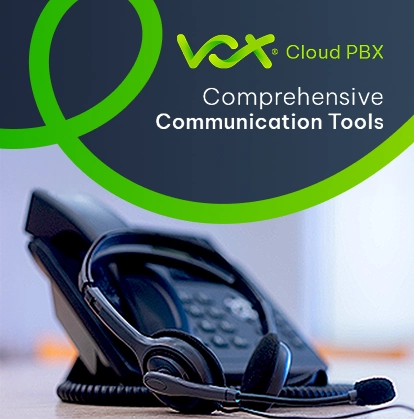It’s time to think about a Cloud strategy to deliver significant benefits for your company.
For many companies, the cost of running an onsite infrastructure has become expensive. Rand Dollar depreciation along with Eskom price increases, coupled with a skills shortage in SA have resulted in costs escalating by over 300% in the last few years.
This is why you need a Cloud strategy which delivers significant benefits like reduced costs, improved skills and enhanced efficiencies for most companies.
The journey to the Cloud has been one typically fraught with risk. Key considerations are most often:
- How much will it cost to move?
- What can I move?
- Who has the skills to actually migrate my infrastructure?
- How do I find the skills to manage it post migration?
- How do I control ongoing costs?
- How do I keep security top of mind?
It’s no surprise then that up to 30% of Cloud migrations result in a roll back to onsite infrastructure whilst up to 70% of cloud implementations will experience budget overrun. Pay-per-use is a compelling reason but the challenge still remains to find a Cloud vendor or Managed IT partner than can deliver the value to mitigate these risks.
Here are some key considerations to ensure you select the right partner to manage your Cloud journey:
- A Cloud strategy starts with an assessment so the decision to migrate is informed by facts. It is crucial to have definitive answers on costs, which applications can and cant be migrated and what infrastructure dependencies must be considered.
- Once the direction and budget have been defined, the next phase is to migrate. Skills and experience are central here. Does your services partner have the skills required to lift and shift, as well as customise applications for optimal functioning in the Cloud?
- The last step is the post migration phase. Uptime, performance monitoring and patching are important, however cost management is even more critical. Your cloud strategy will be defined by adhering to budgets. This entails regular rightsizing of infrastructure as well as ongoing monitoring of provisioning and the associated costs.












